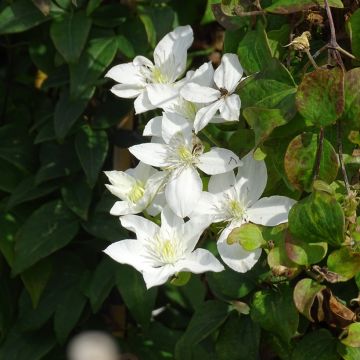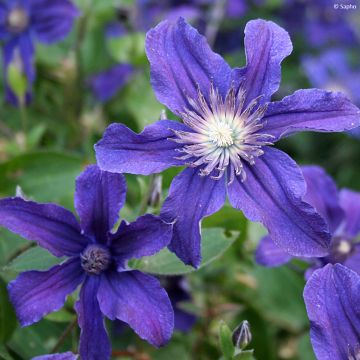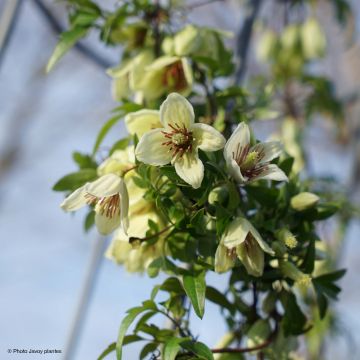

Clematis patens Multi Blue


Clematis patens Multi Blue
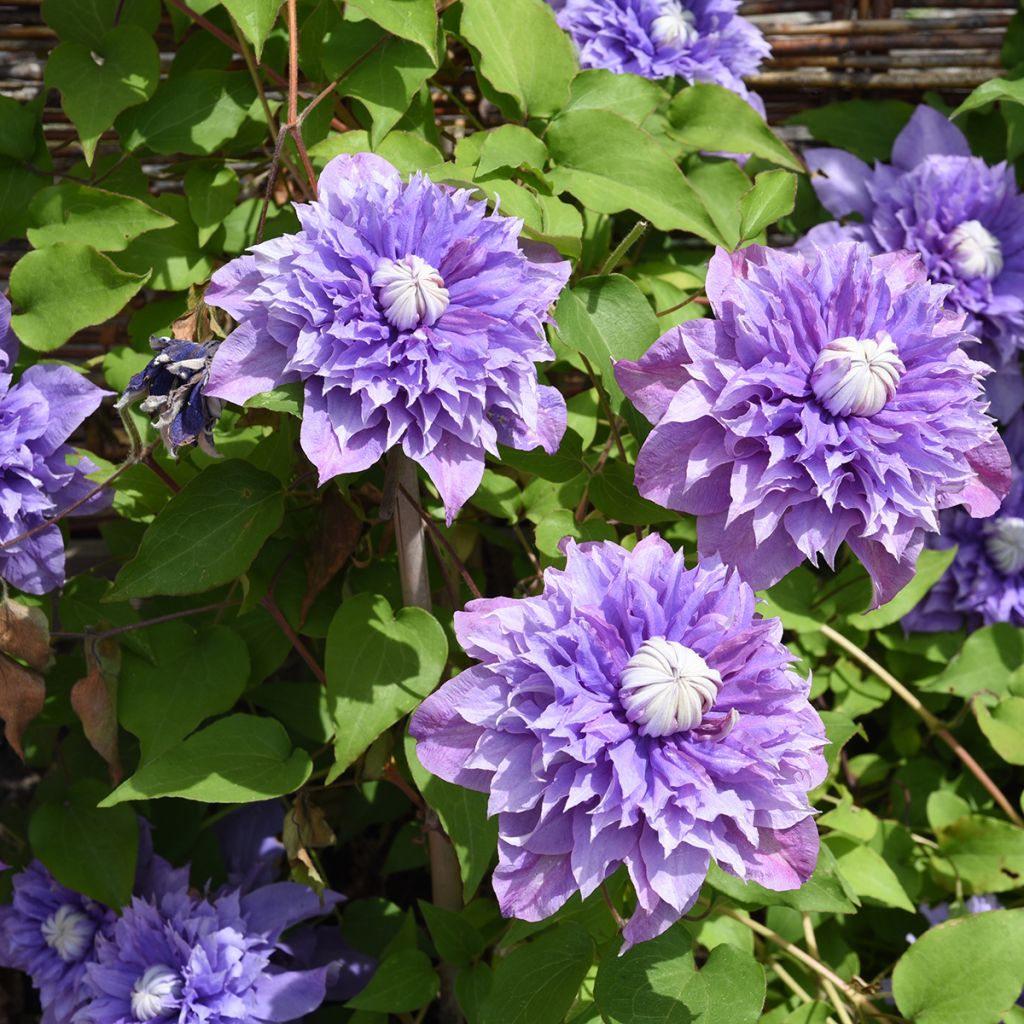

Clematis patens Multi Blue


Clematis patens Multi Blue
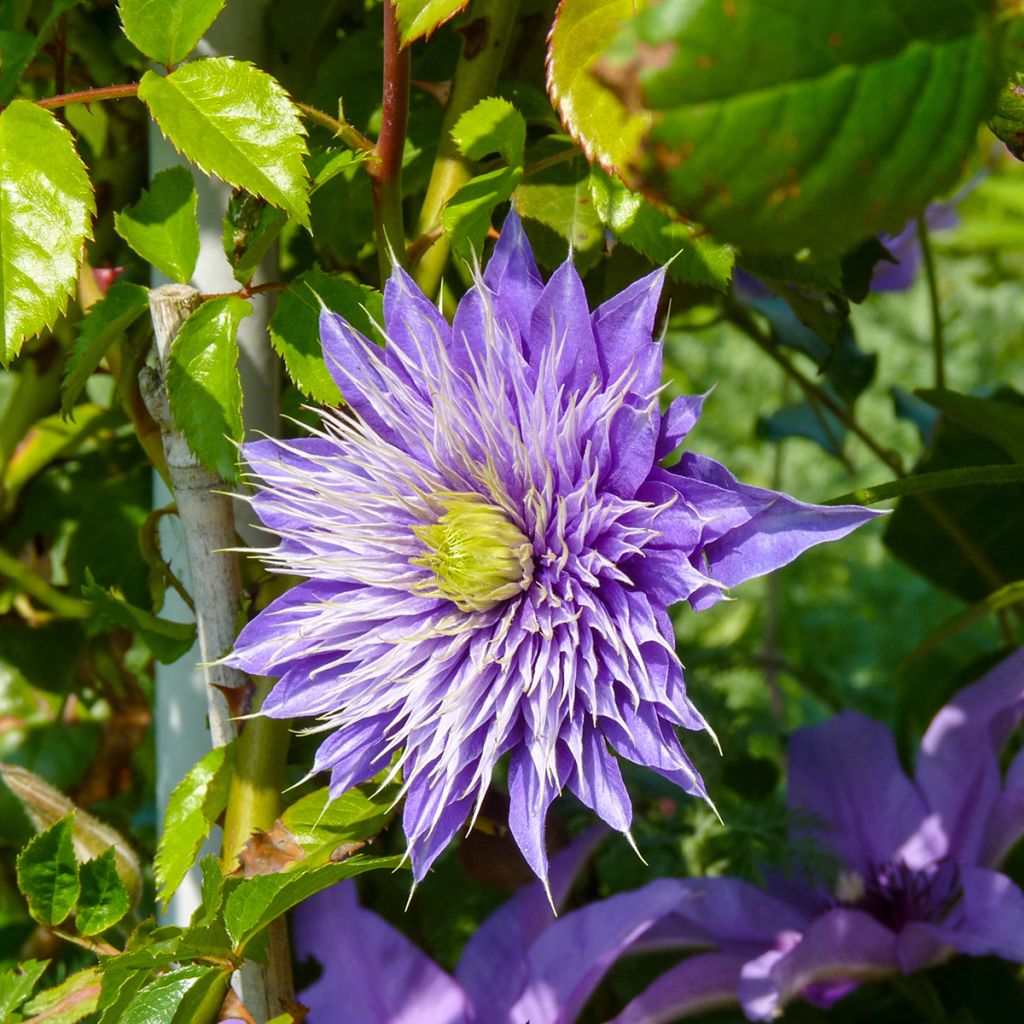

Clematis patens Multi Blue


Clematis patens Multi Blue


Clematis patens Multi Blue


Clematis patens Multi Blue
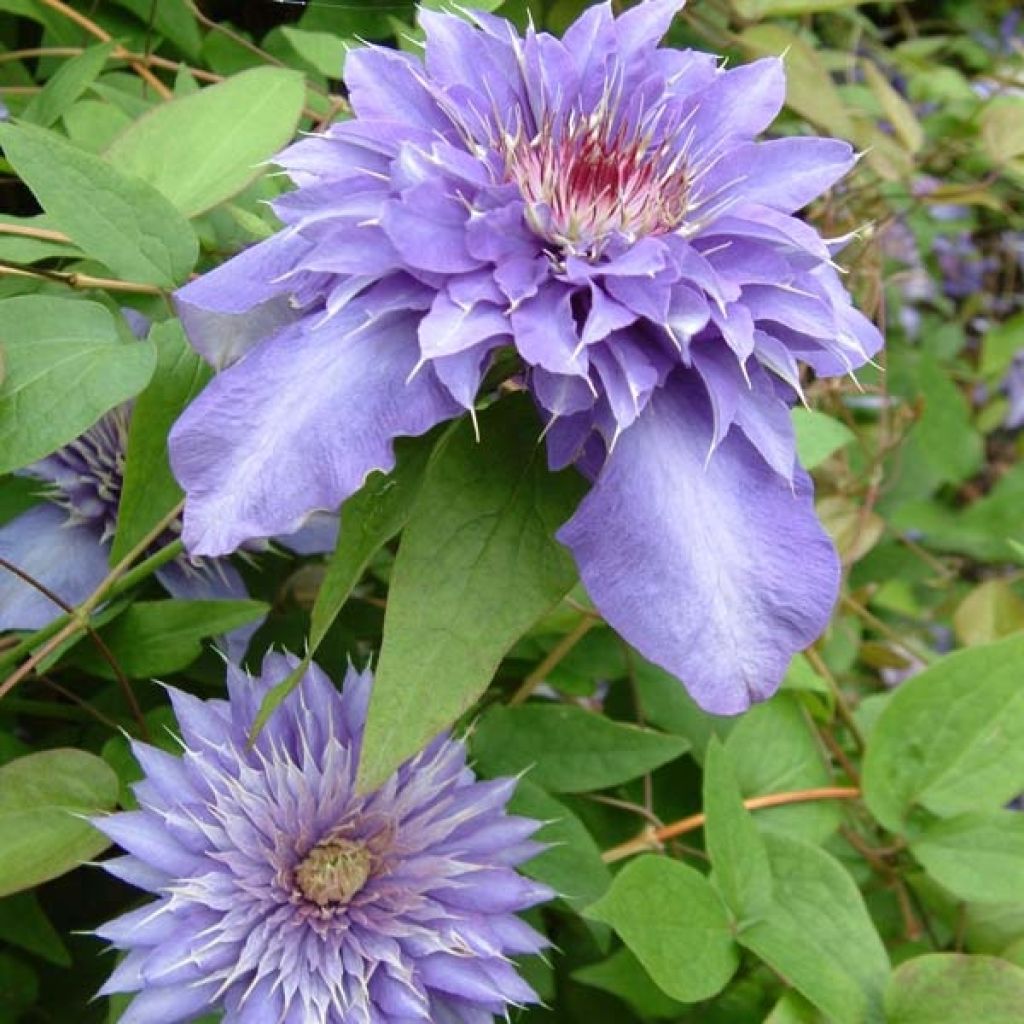

Clematis patens Multi Blue


Clematis patens Multi Blue


Clematis patens Multi Blue
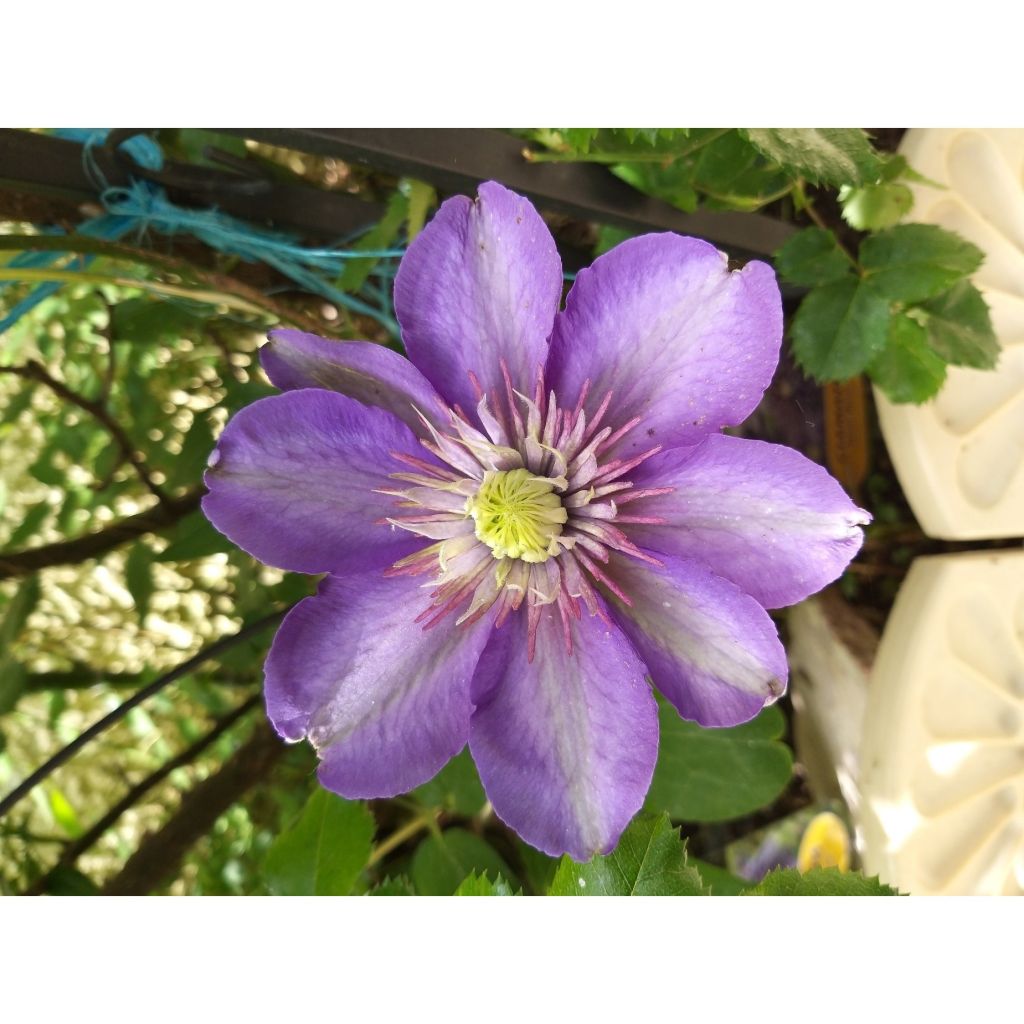

Clematis patens Multi Blue
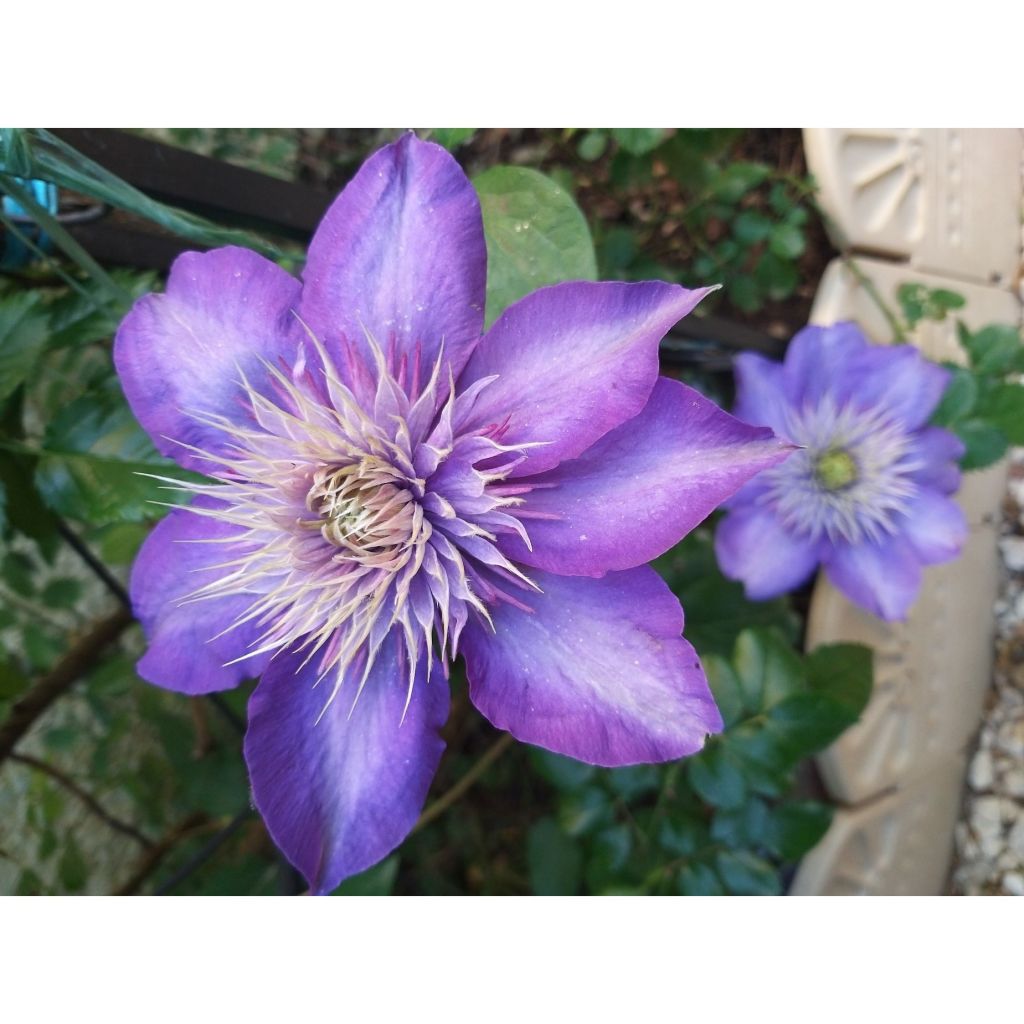

Clematis patens Multi Blue
Clematis patens Multi Blue
Clematis patens Multi Blue
This item cannot be shipped to the selected country
Delivery charge from €5.90
Delivery charge from €5.90
More information
Schedule delivery date,
and select date in basket
This plant carries a 6 months recovery warranty
More information
We guarantee the quality of our plants for a full growing cycle, and will replace at our expense any plant that fails to recover under normal climatic and planting conditions.
From €5.90 for pickup delivery and €6.90 for home delivery
Express home delivery from €8.90.
From €5.90 for pickup delivery and €6.90 for home delivery
Express home delivery from €8.90.
Does this plant fit my garden?
Set up your Plantfit profile →
Description
Clematis 'Multi Blue' is undoubtedly a beautiful double-flowered mutation of the excellent C. 'The President'. This small liana of less than 3m (10ft) blooms from May, rests a bit in summer, then blooms again with abandon in September. Its large flowers will be double in spring, more often single in late summer. They sport a superb deep blue-violet colour on the top, more silvery on the reverse, and gradually lighten to pale-mauve. In the centre of the corolla sits a pompom with steel reflections, opening onto a chartreuse green stamen heart. All these shades blend together in a superb gradient throughout the plant. Like all clematis in the Patens group, it will appreciate having its feet in moist soil and its head in the sun, whether in the ground or in a pot.
Clematis belong to the Ranunculaceae family. They are found in both hemispheres, particularly in Europe, the Himalayas, China, Australia, and North and Central America. The 'Multi Blue' variety, introduced from the Netherlands in 1983, is a mutation of the famous C. 'The President', an old horticultural hybrid belonging to the Patens group, among others. 'Multi Blue', perfectly perennial and hardy, is a semi-woody climbing plant that will reach about 2.5m (8ft) in height, with a minimum spread of 1m (3ft). Its stems are quite slender and brittle, especially in windy conditions.
This clematis bears double star-shaped flowers with a diameter of 8 to 12cm (3 to 5in), which appear in May-June (sometimes as early as April) on the shoots from the previous year's wood, and then again on the current year's shoots, in late summer, from August to September. The upright flowers are solitary or grouped in clusters and are particularly abundant. They open as single corollas around a petal-like stamen heart that gradually unfolds, giving the corolla a distinctly double appearance. Each pointed, undulating petal has a rich, bright blue-violet colour, with a steel-coloured median vein, highlighted by a lighter, silvery reverse. At full bloom, the centre of the flower, which has turned mauve, reveals a hairy pompom tinged with silver and chartreuse green. The leaves are pinnate with ovate, glabrous leaflets. They are of the patens type and are fairly dark green. This clematis clings to its support or to other plants using petioles that have transformed into tendrils.
Plant your clematis alongside climbing roses or lianas to extend the flowering of your walls and pergolas until the end of summer. This genus is rich in diversity, with clematis of all colours, shapes, and sizes. Take advantage of their easy cultivation to give your garden, as well as your balcony, a romantic and bohemian touch. 'Multi Blue', just like sweet peas, morning glories, and nasturtiums, loves to climb among bushes and performs very well in a large pot, with its roots in the shade and its head in the sun. The blue-violet flowers of 'Multi Blue' go well with the soft pink flowers of C. 'Josephine' and the blue-pink of C. 'Vyvyan Pennel', both in the garden and in bouquets.
Tips: light and regular watering, accompanied by mulching, help maintain moisture at the base of the plant. Pruning helps it to branch out and regain vigour after very cold winters. You can prune it in March to a height of up to 50cm (20in).
Report an error about the product description
Clematis patens Multi Blue in pictures




Plant habit
Flowering
Foliage
Botanical data
Clematis
patens
Multi Blue
Ranunculaceae
Cultivar or hybrid
Other Clematis A to Z
Planting and care
In sunny exposures, shade the base of your clematis with a ground cover plant or a perennial geranium. Clematis like to have their feet in the shade and their heads in the sun. Work the soil 20cm (8in) and lighten with good compost. Plant the clematis by covering the root ball with 3cm (1in) of soil. During the first few weeks, water abundantly and regularly. Clematis can cling on their own with their tendrils. To promote their growth, provide them with a trellis support or let them dress the trunk of a tree by placing a wire mesh. Clematis also like to grow freely on neighbouring plants. We advise you not to water too much, as stagnant water can cause the development of a fungus at the base of the clematis.
Planting period
Intended location
Care
-
, onOrder confirmed
Reply from on Promesse de fleurs
Clematis
Haven't found what you were looking for?
Hardiness is the lowest winter temperature a plant can endure without suffering serious damage or even dying. However, hardiness is affected by location (a sheltered area, such as a patio), protection (winter cover) and soil type (hardiness is improved by well-drained soil).

Photo Sharing Terms & Conditions
In order to encourage gardeners to interact and share their experiences, Promesse de fleurs offers various media enabling content to be uploaded onto its Site - in particular via the ‘Photo sharing’ module.
The User agrees to refrain from:
- Posting any content that is illegal, prejudicial, insulting, racist, inciteful to hatred, revisionist, contrary to public decency, that infringes on privacy or on the privacy rights of third parties, in particular the publicity rights of persons and goods, intellectual property rights, or the right to privacy.
- Submitting content on behalf of a third party;
- Impersonate the identity of a third party and/or publish any personal information about a third party;
In general, the User undertakes to refrain from any unethical behaviour.
All Content (in particular text, comments, files, images, photos, videos, creative works, etc.), which may be subject to property or intellectual property rights, image or other private rights, shall remain the property of the User, subject to the limited rights granted by the terms of the licence granted by Promesse de fleurs as stated below. Users are at liberty to publish or not to publish such Content on the Site, notably via the ‘Photo Sharing’ facility, and accept that this Content shall be made public and freely accessible, notably on the Internet.
Users further acknowledge, undertake to have ,and guarantee that they hold all necessary rights and permissions to publish such material on the Site, in particular with regard to the legislation in force pertaining to any privacy, property, intellectual property, image, or contractual rights, or rights of any other nature. By publishing such Content on the Site, Users acknowledge accepting full liability as publishers of the Content within the meaning of the law, and grant Promesse de fleurs, free of charge, an inclusive, worldwide licence for the said Content for the entire duration of its publication, including all reproduction, representation, up/downloading, displaying, performing, transmission, and storage rights.
Users also grant permission for their name to be linked to the Content and accept that this link may not always be made available.
By engaging in posting material, Users consent to their Content becoming automatically accessible on the Internet, in particular on other sites and/or blogs and/or web pages of the Promesse de fleurs site, including in particular social pages and the Promesse de fleurs catalogue.
Users may secure the removal of entrusted content free of charge by issuing a simple request via our contact form.
The flowering period indicated on our website applies to countries and regions located in USDA zone 8 (France, the United Kingdom, Ireland, the Netherlands, etc.)
It will vary according to where you live:
- In zones 9 to 10 (Italy, Spain, Greece, etc.), flowering will occur about 2 to 4 weeks earlier.
- In zones 6 to 7 (Germany, Poland, Slovenia, and lower mountainous regions), flowering will be delayed by 2 to 3 weeks.
- In zone 5 (Central Europe, Scandinavia), blooming will be delayed by 3 to 5 weeks.
In temperate climates, pruning of spring-flowering shrubs (forsythia, spireas, etc.) should be done just after flowering.
Pruning of summer-flowering shrubs (Indian Lilac, Perovskia, etc.) can be done in winter or spring.
In cold regions as well as with frost-sensitive plants, avoid pruning too early when severe frosts may still occur.
The planting period indicated on our website applies to countries and regions located in USDA zone 8 (France, United Kingdom, Ireland, Netherlands).
It will vary according to where you live:
- In Mediterranean zones (Marseille, Madrid, Milan, etc.), autumn and winter are the best planting periods.
- In continental zones (Strasbourg, Munich, Vienna, etc.), delay planting by 2 to 3 weeks in spring and bring it forward by 2 to 4 weeks in autumn.
- In mountainous regions (the Alps, Pyrenees, Carpathians, etc.), it is best to plant in late spring (May-June) or late summer (August-September).
The harvesting period indicated on our website applies to countries and regions in USDA zone 8 (France, England, Ireland, the Netherlands).
In colder areas (Scandinavia, Poland, Austria...) fruit and vegetable harvests are likely to be delayed by 3-4 weeks.
In warmer areas (Italy, Spain, Greece, etc.), harvesting will probably take place earlier, depending on weather conditions.
The sowing periods indicated on our website apply to countries and regions within USDA Zone 8 (France, UK, Ireland, Netherlands).
In colder areas (Scandinavia, Poland, Austria...), delay any outdoor sowing by 3-4 weeks, or sow under glass.
In warmer climes (Italy, Spain, Greece, etc.), bring outdoor sowing forward by a few weeks.


































